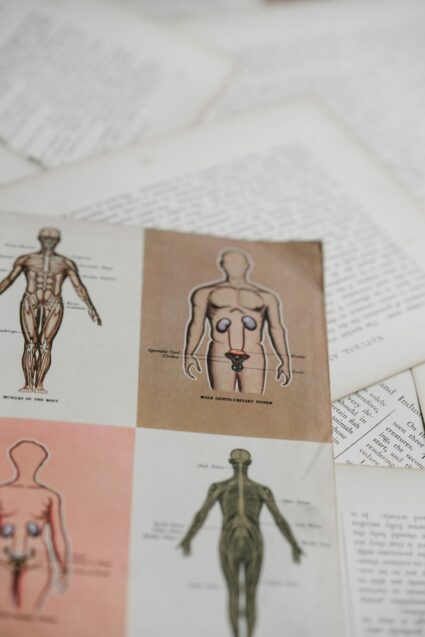
By now, you don’t need to be convinced that exercise is good for your mental and emotional health. You’ve probably heard it is the single greatest thing you can do for your overall health and longevity; that it can help you look better, sleep better, and feel better. But if you are anything like most Americans, turning that knowledge into action can be another matter altogether.
While some of us find all the dedication and motivation they need to regularly get off their butts, the rest of us are usually moving less than we’d want to. Indeed, most Americans are sedentary, and this is linked to a tremendous host of health issues – from inflammation and weight gain to increased risk of diabetes, cancer, and heart disease.
But we have got a new piece of motivation, one you may not have considered: exercising not to look better – because let’s face it, most of us will drive ourselves crazy in pursuit of unattainable perfection – but to FEEL better. Here’s the rub: movement can help us not only feel better in our bodies, but to feel better in our heads!
Mental and Emotional Health and Exercise

According to research, those who frequently exercise have better mental and emotional health, as well as lower rates of mental illness.
Indeed, exercise appears to lower the likelihood of developing mental illness. Additionally, it appears to be effective in treating some mental health issues like anxiety and depression. For instance, evidence indicates that exercise can be just as effective for mild-to-moderate depression as antidepressants or psychiatric therapies like cognitive behavioral therapy.
Further, exercise is a beneficial complement to other forms of treatment. For more information on how exercise such as yoga can impact your life and support your recovery, click here.
Why Does Exercising Improve Our Mental and Emotional Health?

Exercise and your mental and emotional health are intricately related. For instance, mental illness can be both a cause and a result of inactivity. However, there are a variety of other ways that exercise can enhance your mental well-being, such as:
- When you exercise, your brain’s chemicals like serotonin, stress hormones, and endorphins change
- Frequent exercise aids sleep. And getting enough sleep aids in mood management.
- Exercise can improve your sense of control, coping ability and self-esteem. People who exercise regularly often report how good achieving a goal makes them feel.
- Exercise can distract you from negative thoughts and provide opportunities to try new experiences.
- It offers an opportunity to socialize and get social support if you exercise with others.
- Exercise increases your energy levels.
- Physical activity can be an outlet for your frustrations.
- Exercise can reduce skeletal muscle tension, which helps you feel more relaxed.
The physical advantages of exercise are deeply beneficial for those with mental illness, likely offsetting their higher risks of chronic physical problems including heart disease, diabetes, arthritis, and asthma. To read more on mental health, read our article on mental health awareness.
Jump for Joy
Still not convinced? Why not try a super short workout and note the results on your mood. We are fans of the Joy Workout. The eight and a half–minute Joy Workout lets you test these effects yourself. It leads you through six joy moves: reach, sway, bounce, shake, jump for joy and one named “celebrate” that looks like tossing confetti in the air.
The moves are based on research and on the movements that produce the most joy in the creator’s classes, among people of all ages and abilities. Do the moves in any way that feels good — as big or as small and as fast or as slow as you like. If a movement doesn’t feel right, repeat a previous one or invent your own, moving in any way that feels joyful, powerful, playful or graceful.
Find the Joy Workout here.
Understanding the importance of your mental and emotional health is key to a sustainable recovery.